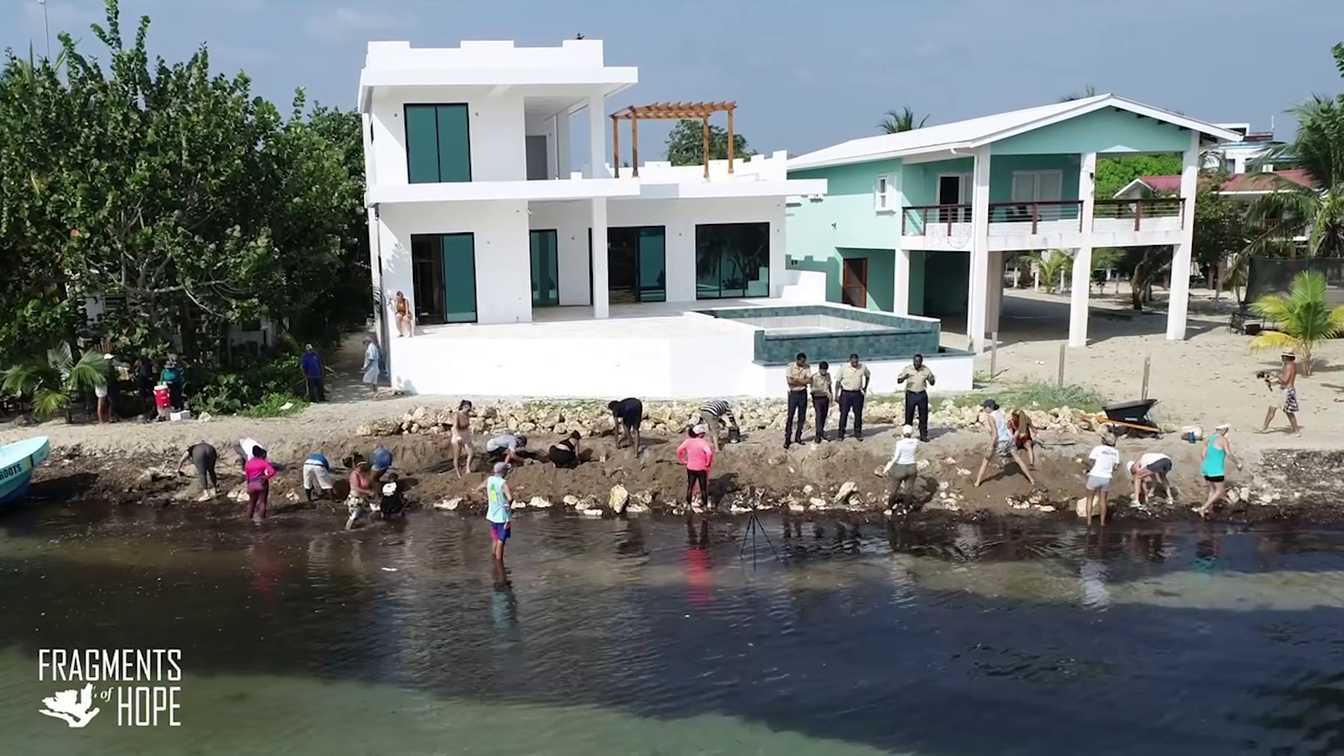On Sunday, residents of Placencia Village acted when some property owners ignored a D.O.E. order to remove some breakwater along the beach. The Department of Environment had given them until March seventh to take it down. Three days after the deadline, over a dozen residents showed up and dismantled the wall themselves. News Five’s Paul Lopez has more on this issue affecting coastal and island communities in Belize.
On Sunday morning, residents gathered at a beachfront property to dismantle a breakwater that posed an environmental threat. The Department of Environment had sent a letter on February twenty-seventh to the property owners, stating that no proper assessments or studies had been done to prove the breakwater’s effectiveness. The letter also noted that the owners had not consulted with relevant authorities, including the DOE, before erecting it. The DOE ordered the owners to remove the structure by March seventh. When they didn’t comply, the residents acted themselves.
Warren Garbutt, Chairman, Placencia Village
“The issue we are having is that people are not respecting these letters given by these different entities. So, villagers were aware of our attempts through public meetings, and we expressed people have these concerns, ask us. We do what we can. People just got tired and enforcement is extremely lacking. We wait forever for action to be taken. Residents just went out, had enough yesterday and went out.”
Tensions flared briefly between residents and the police when a few men tried to move a massive boulder. Amateur video captured a police officer pushing a resident causing him to fall. His fellow villagers rushed to his aid.
“It is evident, as soon as these structures go up we see the effects of them. The erosion is rapid and especially to the south and changes to the beach in the north as well. It does not obstruct people passing as much, but the issue is the rapid erosion cause by the structures. That is why whenever we see them going up I personally go out to these owners and ask them to go through the proper procedure of applying to the physical planning unit, because it is on public beach.”
Seleny Villanueva- Pott, Chairlady, Caye Caulker Village
“Many people do not adhere to the process, and they just go in and do their stuff. We really need to put a stop to that. If we just sit down and watch, we will be taken over. And the island has been pressuring us on numerous occasions to claim what is rightfully for the people of Caye Caulker.”
Belize Rural South Area Representative, Andre Perez, mentioned that Ambergris Caye is also facing controversial developments that could harm the environment.
Andre Perez, Former Area Rep, Belize Rural South
“It is not only Caye Caulker, it is Ambergris Caye and even down in Placencia we are having these issues as well where we have the private investors coming in and believing these areas are just designed for their guest. We cannot. We can make that clear out there that the beach or sea front is public access anywhere.”
In Placencia, Chairman Garbutt explained that although residents still had access, environmental concerns prompted action. He emphasized that the village welcomes investors but urges them to consult with the relevant authorities during construction.
Warren Garbutt
“The action yesterday was geared towards one specific property, but it is a huge mess, the entire peninsula and it is not only Placencia being impacted, it is the entire peninsula.”
Reporting for News Five, I am Paul Lopez.
